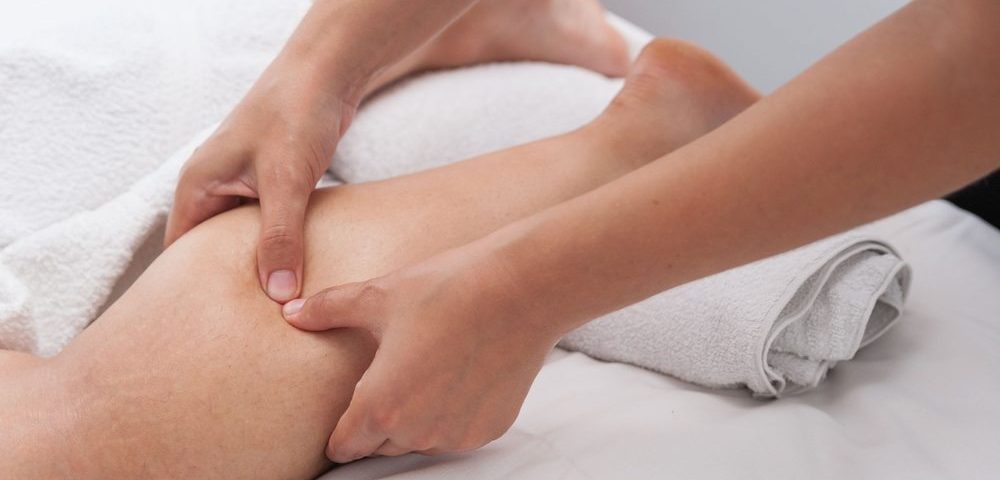Massage Therapy for EDS

Massage therapy may help ease symptoms, such as tight muscles and pain, often experienced by patients with Ehlers-Danlos syndrome. Here is some information about the complementary treatment that may be helpful to you if you have EDS.
What is EDS?
EDS refers to a group of genetic disorders affecting the connective tissues that provide structure to the joints, skin, blood vessels, and other tissues and organs.
Symptoms include hypermobile joints, fatigue, pain, elastic skin, increased risk of injury, dislocations, flat feet, poor posture and balance, and spinal deformities.
What is massage therapy?
Massage therapy can enhance wellness or help to manage a condition. Generally considered part of complementary and integrative medicine in the U.S., it’s increasingly offered along with standard treatment for a wide range of medical conditions.
According to the American Massage Therapy Association, 75% of respondents to a consumer survey reported that the main reason they got a massage in the last 12 months was medical or stress-related.
Massage therapy generally involves pressing, rubbing, and manipulating the skin, muscles, tendons, and ligaments, and may range from light stroking to deep pressure.
There are many different massage techniques and styles, including those that are for comfort and those for specific conditions or diseases. The types include connective tissue massage, deep tissue massage, geriatric massage, massotherapy, medical massage, reflexology, neuromuscular therapy, Swedish massage, and sports massage.
How can massage therapy help me?
EDS patients often experience chronic pain caused by frequent joint dislocations or other complications. While more research is necessary, studies have shown that strengthening and stability exercises improved joint stability and decreased pain in some patients, including children.
According to Ehlers-Danlos Support U.K., core EDS management techniques should include soft tissue massage. However, an individual approach to care is necessary because each patient experiences the disease differently.
Any massage therapy in EDS should be part of physiotherapy, which is highly recommended to strengthen muscles, provide joint stability, and generally help in day-to-day activities.
Who administers massage therapy?
Caregivers may administer massage therapy, but a trained therapist can be more effective in pinpointing the proper areas and using the right amounts of pressure. What’s key is understanding the patient’s individual needs.
How do I find a massage therapist?
Ask your doctor for a recommendation.
Most states regulate massage therapists through licensing, registration, or certification requirements.
Don’t be afraid to ask a potential therapist about their qualifications and experience, and how often you would see them.
What can I expect during a session?
A massage therapy session can last anywhere between 10 and 90 minutes, depending on your needs.
You will typically be on a table and covered with a sheet. It’s also possible to receive massage therapy while sitting in a chair.
The massage therapist will likely perform an evaluation through touch to locate painful or tense areas and determine how much pressure to apply. They will also likely ask about your symptoms and explain what kind of massage technique they will use.
What are the risks?
Massage therapy with a properly trained therapist appears to have few serious risks. There have, however, been rare reports of serious side effects, such as a blood clot, nerve injury, or bone fracture. Elderly people may be at greater risk of injury.
Special care is necessary for massage therapy for EDS. For example, stretching and joint movement techniques should be avoided since joints already generally surpass the normal range of motion. Some therapists recommend using a targeted approach in massage therapy to avoid aggressive maneuvers.
In general, you may feel a bit sore the day after a session, but massages shouldn’t be painful or uncomfortable. If any part of your massage doesn’t feel right or is painful, let your therapist know right away.
Despite its benefits, massage is not a replacement for regular medical care. Let your doctor know you’re trying massage therapy and be sure to follow any standard treatment plan you’re on.
Your symptoms may change over time so regularly see your physician to ensure you know the extent of your condition.
Last updated: Feb. 24, 2021
***
Ehlers-Danlos News is strictly a news and information website about the disease. It does not provide medical advice, diagnosis, or treatment. This content is not intended to be a substitute for professional medical advice, diagnosis, or treatment. Always seek the advice of your physician or other qualified health providers with any questions you may have regarding a medical condition. Never disregard professional medical advice or delay in seeking it because of something you have read on this website.






